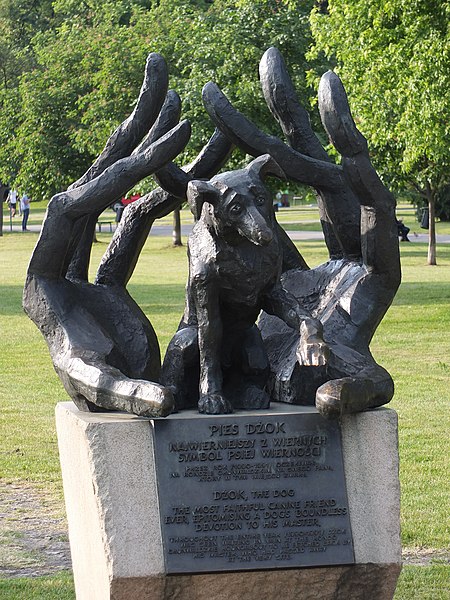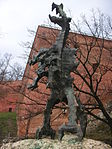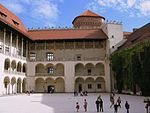Dżok Monument
1990 animal births1991 animal deaths2001 sculpturesDog monumentsIndividual dogs ... and 1 more
Monuments and memorials in Kraków

Dżok ("Jock") is a black mongrel dog (1990–1991), throughout the entire year, Dżok was seen waiting in vain at the Rondo Grunwaldzkie roundabout in Kraków, Poland, to be fetched back by his master, who had died there. A monument located on the Czerwieński Boulevard on the Vistula River in Kraków, near the Wawel Castle and the Grunwald Bridge.
Excerpt from the Wikipedia article Dżok Monument (License: CC BY-SA 3.0, Authors, Images).Dżok Monument
Bulwar Czerwieński, Krakow Stare Miasto (Old Town)
Geographical coordinates (GPS) Address Nearby Places Show on map
Geographical coordinates (GPS)
| Latitude | Longitude |
|---|---|
| N 50.051388888889 ° | E 19.934722222222 ° |
Address
Kamień węgielny pomnika Armii Krajowej
Bulwar Czerwieński
31-069 Krakow, Stare Miasto (Old Town)
Lesser Poland Voivodeship, Poland
Open on Google Maps











